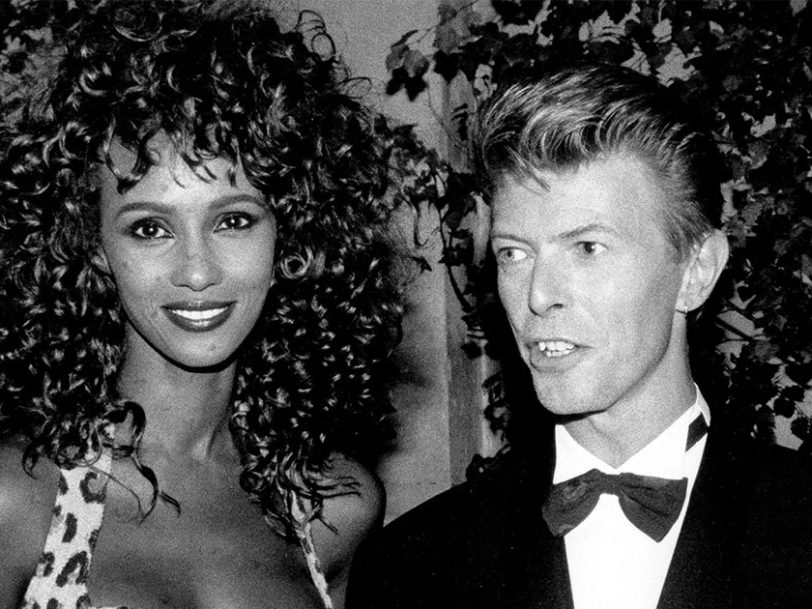During a decade in which Britpop reigned supreme in the UK and grunge music rewrote the rock rulebook in the US, David Bowie was both a feted elder statesman and a restless innovator determined to prove he could deliver work that held its own among the best 90s albums. After making a determined assault on the pop mainstream throughout the 80s, Bowie once again began creating provocative music which challenged both himself and his fans. Collected on the Brilliant Adventure (1992-2001) box set, the five albums he released from 1993 to 1999 chart a period in which he reconnected with his drive to outrun himself. Here’s what to expect from David Bowie’s 90s albums…
Listen to ‘Brilliant Adventure (1992-2001)’ here.
‘Black Tie White Noise’ (1993)
David Bowie’s first solo album in six years, Black Tie White Noise came off the back of a decade of slickly-produced pop-inclined material topped off by a return to bare-bones alt-rock in the shape of the Tin Machine and Tin Machine II albums. Tentative evidence of a return of his art-rock impulses, Black Tie White Noise also marked Bowie’s studio reunion with Nile Rodgers, the Chic mastermind who’d helped make Bowie a major-league pop star exactly ten years earlier, with the all-conquering Let’s Dance album.
Newly married and looking to recent developments in hip-hop and R&B, Bowie envisioned a different sort of project to the one Rodgers had in mind. But while the producer later admitted that he “was trying to turn it into a very, very, very commercial piece of work” while Bowie “was trying to make this artistic statement about this period in his life”, Bowie himself felt they could rally around a common cause. Speaking to The Boston Globe at the time of Black Tie White Noise’s release, he noted, “We both basically missed the same element, with what was happening with the new R&B, which is now hip-hop and house, and what we were missing was the strong melodic content that was apparent in the 60s.” An early indicator that David Bowie’s 90s albums would find him in as creative a frame of mind as he’d ever been, songs such Jump They Say landed comfortably in this middle ground while the album as a whole cleared a path for Bowie to begin experimenting in ways he hadn’t since the 70s.
Must hear: Jump They Say




